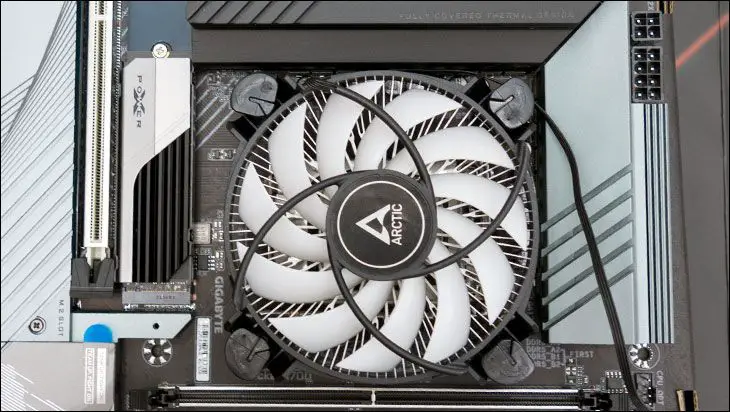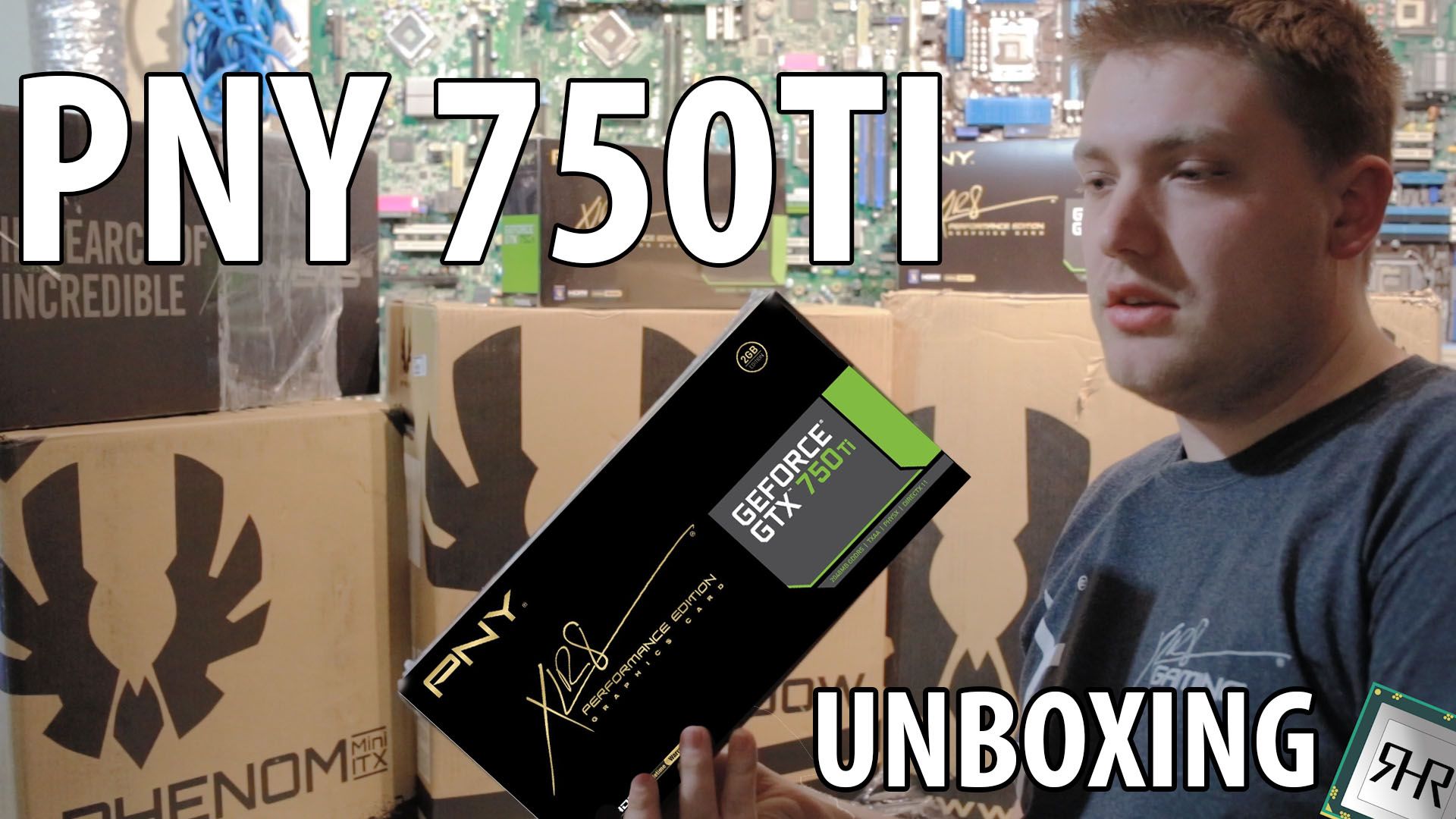Final Score: 82 out of 100
With its combination of low thermal mass, relatively small fan, and inability to add a second fan the Artic Alpine 17 LP certainly is not going to be right for every build nor every CPU. This is all perfectly fine. It is not a jack of all trades cooling solution meant to cater to as wide a buying demographic as possible. Instead, it is a niche product meant to satisfy the needs of a few specific group of buyers. As such, and like most tailor-made solutions, if you do not fall into one of these niches the Alpine 17 LP is not going to be an optimal option. This too is fine, as it does a wonderful job when used inside its design envelope.
This begs the question on whom the Alpine 17 LP was designed for. First and most obvious, at a mere twelve bucks the Artic Alpine 17 LP is an excellent inexpensive upgrade to ‘stock’ cooling solutions. So for those on budget with zero flex the Alpine 17 LP is even easier than the ~15 dollar standard Alpine 17… and much easier than trying to save 12 bucks and use the Intel OEM cooling solution. For when compared to Intel’s ‘upgraded’ RS1 cooling solution the Alpine 17 LP offers better cooling and does so without the annoying buzz.
Equally impressive, is even compared to the nearly twice as heavy RM1 cooling solution the Alpine 17 can hold its own at lower TDPs. Put simply, while the Alpine 17 LP lacks the copper slug center of the RM1 it makes up for a lot of it with better engineering, more surface area in the fin array, and a (slightly) larger fan. This combination not only makes for a rather low noise cooling solution, but also allows it to fit into anything the Intel ‘R’ series can… and even in some the R’s really cannot.
This leads us to the other main group of buyers – ultra small form-factor builders. In tiny shoebox builds the maximum z-height of air-cooling solutions is limited to say the least. For many builds the closer you can keep the height of the cooler to the height of your RAM the better the build will go. Sitting at a mere 49mm’s off the motherboard the Alpine 17 LP is tailor-made for these tiny builds… as it is even shorter than the Intel RS1.
Yes, the difference is not dramatically different between the two; however, in shoebox builds an extra half a centimeter can make the difference between a cooling solution choked off and one that can suck in enough fresh air to be effective. This combination of sensible z-height with decent cooling has been the hallmark of Arctic low profile cooling solutions since their inception and the Alpine 17 LP once again proves that Intel should be talking to them about how to create a proper stock cooler. Until such a day comes, Arctic simply rules this corner of the 3rd party market with an aluminum… err… iron fist.
Sadly, the Artic Alpine 17 LP is not perfect, and its compromises are all the more obvious because of its otherwise excellent design. The first is the reliance upon pushpins. We understand that Artic wanted to ensure as easy to install product as possible, but pushpins are sub-optimal. We personally have seen too many pushpins fail over the years to fully trust them… and would be more than willing to spend an extra fiver to get a backplate and screw configuration.
The big one however is the all-aluminum design. Yes, the Alpine series has always used only aluminum to outperform copper cored Intel coolers. Yes, this keeps the MSRP down. Sadly, it limits this cooling solution to lower TDP CPUs. Even 65 watt’ers are on the bubble. Whether or not the LP is ‘good enough’ to cool them will depend on the specific CPU and how often you will be stressing it. Basically, if you are the typical home user it will probably be fine. The same is true of HTPC users. On the other hand, if you are the type who stress their system routinely, and the PL2 is fairly high, you will constantly be running into thermal limiting because of the Alpines 17 LP’s lack of mass. As such pairing this cooler with some-to-most 60-watt class CPUs is contra-indicated to say the least.
Thus, it is best to consider this a cooling solution that has been optimized for 45 watt TDP CPUs (and lower). Sadly, these days finding an Intel i5 with a PL2 of less than 100 watts is tough. Even finding an i3 with a Pl2 under 90 is more difficult than it was a few years ago. That is why Intel upgraded to a copper cored RM1 with their i5s (and some i3s) and why Arctic should have too. A design that incorporated a copper core (like the Intel RM1) or copper base (like 99 percent of premium ‘tower’ coolers) would have allowed the Alpine 17LP to handle higher transient heat loads more optimally; minimized concerns over thermal limiting the typical i5 or high end i3; all the while keeping that sweet, sweet low-profile form-factor.
Since it does not contain any copper, or exotic material such as heatpipes, small form-factor builders are still going to go the AIO water cooling route for higher performance builds where Alpine 17 CO’s 77mm height make them a non-starter / non-option. That is a shame as even 120mm AIOs are royal pain in the… butt to install in tiny shoebox builds, and are not all that great at cooling higher performance CPUs, and can cause overheating of ICs on the motherboard due to lack of ‘expected’ airflow over the motherboard.
In the end, the Arctic Alpine 17 LP is indeed an excellent addition to the Alpine line-up in general and great fresh over the previous ‘LP’ version. It just is one that will not be right for every build. Like its predecessor, it does make significant compromises in order to be as low profile, and as low-cost as possible. Keep said limits in mind and, as long as the PL1 and PL2 thermals are within its envelope, it will serve you wonderfully well for years to come. Ignore them and you are going to have a bad day.

The Review
Arctic Alpine 17 LP
In the end, the Arctic Alpine 17 LP is indeed an excellent addition to the Alpine line-up in general and great fresh over the previous ‘LP’ version. It just is one that will not be right for every build. Like its predecessor, it does make significant compromises in order to be as low profile, and as low-cost as possible. Keep said limits in mind and, as long as the PL1 and PL2 thermals are within its envelope, it will serve you wonderfully well for years to come. Ignore them and you are going to have a bad day









